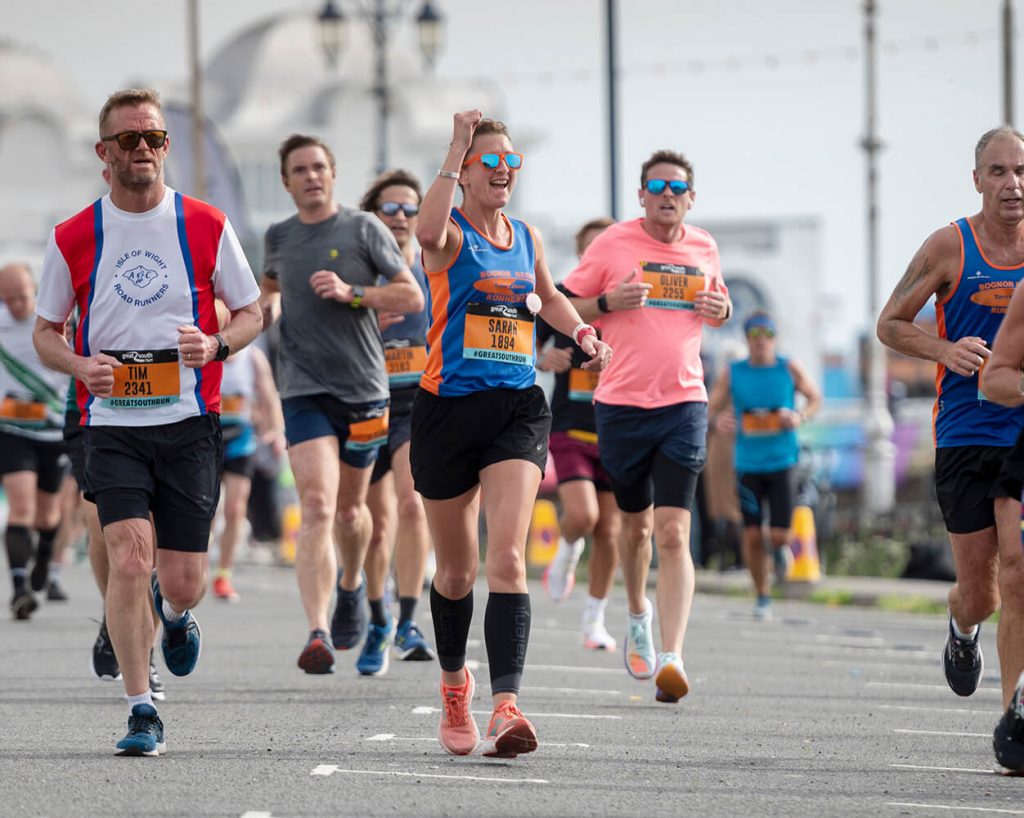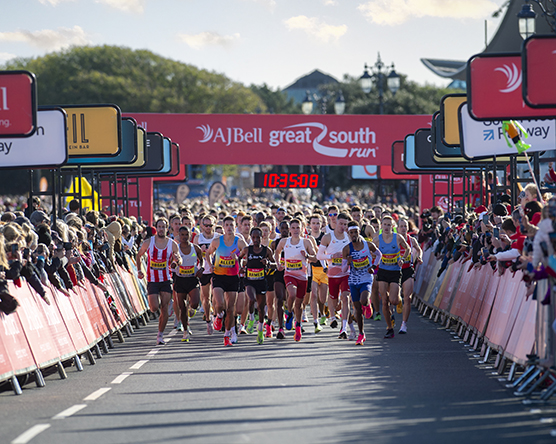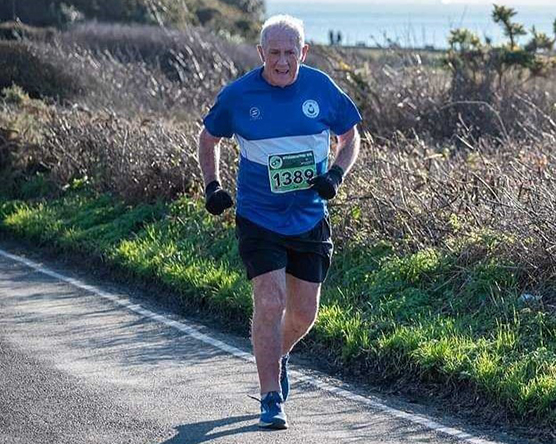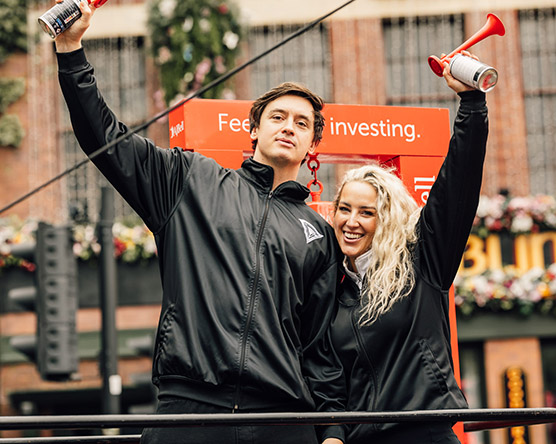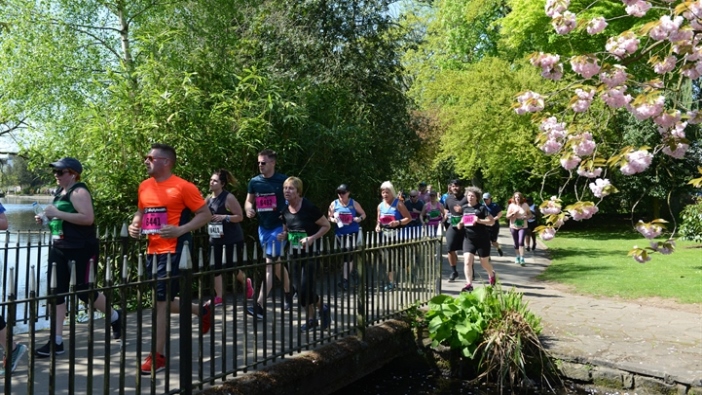
7 Brummie Landmarks You’Ll Pass During Birmingham 10K
This year's Simplyhealth Great Birmingham 10K will pass through the heart of Birmingham city centre for the first time ever, taking thousands of runners and walkers past some of the most recognisable landmarks on the city skyline.
The annual event, on Sunday, May 26 – Bank Holiday Weekend – is expected to raise thousands of pounds for local and national charities.
Ideal for first-time runners, the 10K features a Walking Wave, which will give the hundreds expected to walk the route the chance to soak up some of the sights we've picked out below.
There's still time to sign up for the Simplyhealth Great Birmingham 10K either as an individual entrant or with an office team in the ENGIE Business Challenge. To find out more and enter visit greatrun.org/birmingham10K.
Here's our list of some of Birmingham's most popular spots you'll pass through Birmingham city centre.
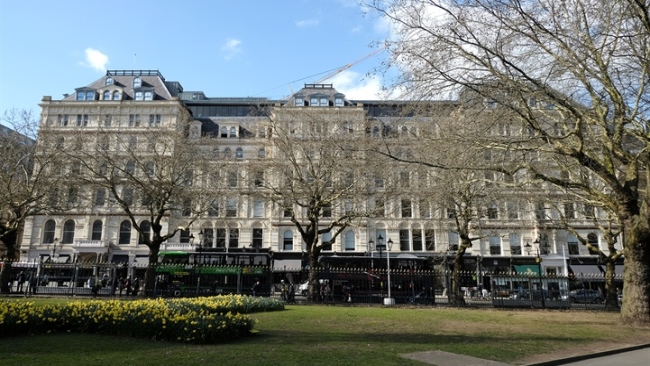
COLMORE ROW
The heart of Birmingham's commercial quarter and home to some of the world's most recognisable financial institutions, the Colmore Row area is also home to some of the city's finest architecture.
But it hasn't always been the site of such grandeur, for this was once a country lane connecting the Colmore family's New Hall estate to Birmingham town centre in one direction and Dudley and West Bromwich in the other.
An Act of Parliament opened up the area for redevelopment in the 18th century and part of the street changed its name from New Hall Lane to Colmore Row and the street as we know it today began to take shape.
The Row's most famous landmark is the Grand Hotel building, undergoing redevelopment for a new hotel with new restaurants and bars facing the grounds of beautiful Birmingham Cathedral.
A piano was found in The Grand's Grosvenor Suite during redevelopment. A ghostly pianist has been heard to tinkle its ivories from time to time. Spooky!
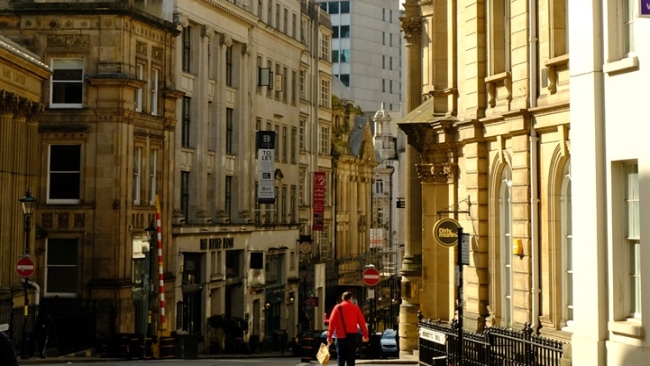
BENNETTS HILL
Among the many beautiful buildings on Bennetts Hill are the stunning former banks now occupied by Cosy Club and Lost & Found bars at the junction with Waterloo Street.
These two buildings alone make Bennetts Hill a place to visit, but there are plenty of other drinking and dining venues to whet the hungriest of appetites.
Bennetts Hill's most famous resident is celebrated Victorian artist Edward Burne-Jones, who was born on the street in 1833, a fact commemorated with a Birmingham Civic Society blue plaque.
In addition to many pieces of art now hanging in galleries across the world, Pre-Raphaelite artist Burne-Jones also created the stunning stained glass for nearby Birmingham Cathedral, which attracts visitors from across Europe to see his beautiful works of art.
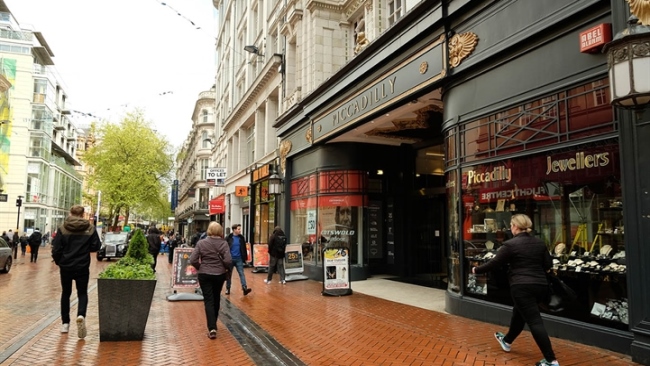
NEW STREET
Despite its name, New Street isn't really that new! It's one of the oldest streets in Birmingham, dating back to the 14th century and now our busiest thoroughfare.
Connecting commuters to New Street station, Corporation Street, which was cut through the city by then Mayor Joseph Chamberlain in the late 1800s, New Street is a busy and bustling mix of retail chains and banks. Adjoining Piccadilly Arcade is where you'll find some of Birmingham's best independent cafés, stores and salons.
The £500 million Grand Central development and giant John Lewis store above New Street station was heralded as the largest construction project in the country during 2014-2015.
Going back much earlier than this, at the time of construction in the mid-19th century, the original New Street station had the largest single-span arched roof in the world, holding the title for 14 years until St Pancras station opened in 1868.
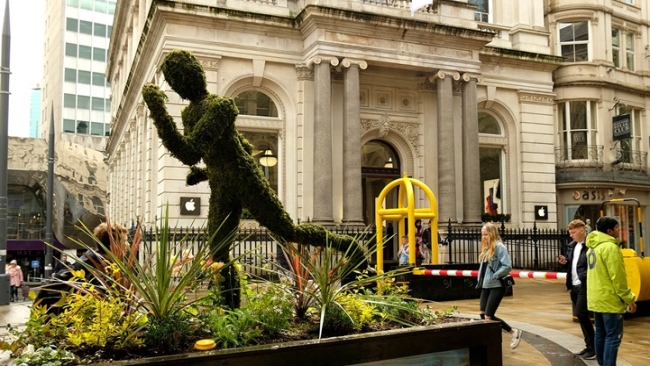
APPLE STORE
The world's biggest tech brand relocated its Birmingham city centre store from Bullring to the spectacular 128 New Street in the autumn of 2016.
It's a grade II-listed building built in 1867 as the head office of the Birmingham Midland Bank. One of the first Midland Bank branches in the country, it was designed by the architect Edward Holmes; who also designed All Saints church in Kings Heath.
In addition to its life as a bank, the building has been a Dillons bookshop and then Waterstones.
The building ceased trading as a Waterstones and re-opened as an Apple store after extensive restoration to restore original period features.

THE ROTUNDA
The Rotunda is as much Birmingham as Ozzy Osbourne and Cadbury's chocolate. Built at a cost of £1 million between 1961 and 1965 as part of the Bull Ring development, Brummies didn't originally take to its unique design but it has grown to become a much-loved and photographed landmark.
In fact, when it was proposed it would be demolished in the early 2000s, people campaigned for its survival and it was Grade II listed by English Heritage.
In 2004 work began on its refurbishment. The four-year project by Urban Splash & Glenn Howells Architects has created a mixture of apartments, the Staying Cool penthouse hotel and retail stores at ground level.
Many Brummies of a certain age will remember the giant Coca-Cola branding on Rotunda's roof. There's some suggestion this was the largest neon sign in the world. Take that, Vegas.
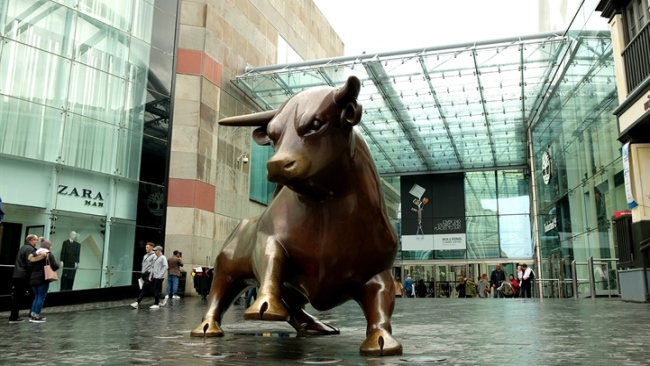
THE BULLRING BULL
It has become an icon for the city, selfied by hundreds of families every day, and featured in a national newspaper's top-ten list of the greatest works of public art in the world.
The Bullring Bull or, to give its correct title, The Guardian, is a 2.2m-high bronze sculpture of a turning bull by Laurence Broderick and created for the redeveloped Bullring centre.
Some 280,000 people attended is grand unveiling in September 2003, to a backdrop of fireworks and pyrotechnics.
Love the Bull!
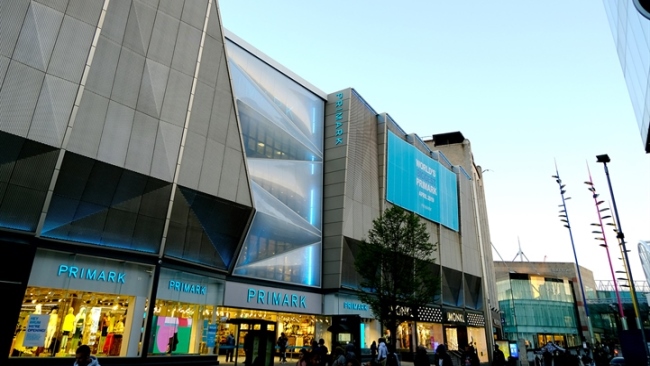
PRIMARK
We couldn't round-up city centre highlights without a mention of the brand new Primark store; the biggest Primark in the world, no less (you can't call yourself Brummie if you're not aware of this fact).
Opened in April 2019, Primark Birmingham is five floors of fashion, cafés and salons, replacing the chain's previous store on New Street.
Taking the space once occupied by the Pavilions shopping centre, our new Primark is vast and, sitting next to the proposed HS2 station, will be welcoming fashion shoppers for decades to come.


